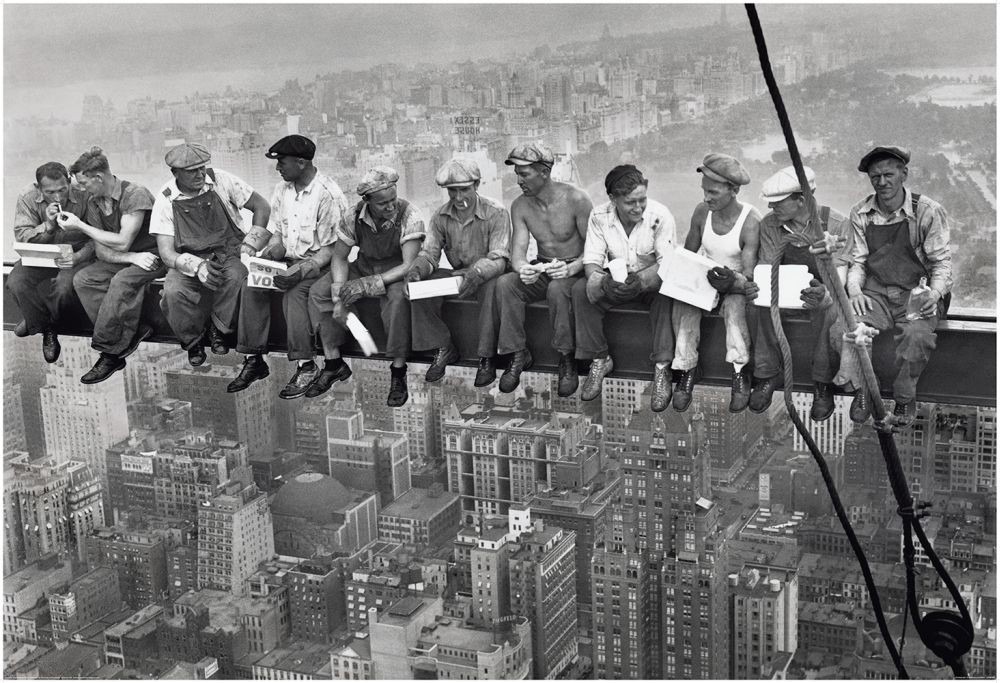Lewis W. Hine
and the Graflex. (the beginning of photojournalism?) He was born in 1874 in middle America. (Wisconsin) Being a photographer during most of his career wasn’t something people normally did in that era. But almost all of his time was spent documenting workers. Eventually, children workers. In fact, he had a number of exhibitions portraying “normal” children juxtaposed against images of “mill” children.
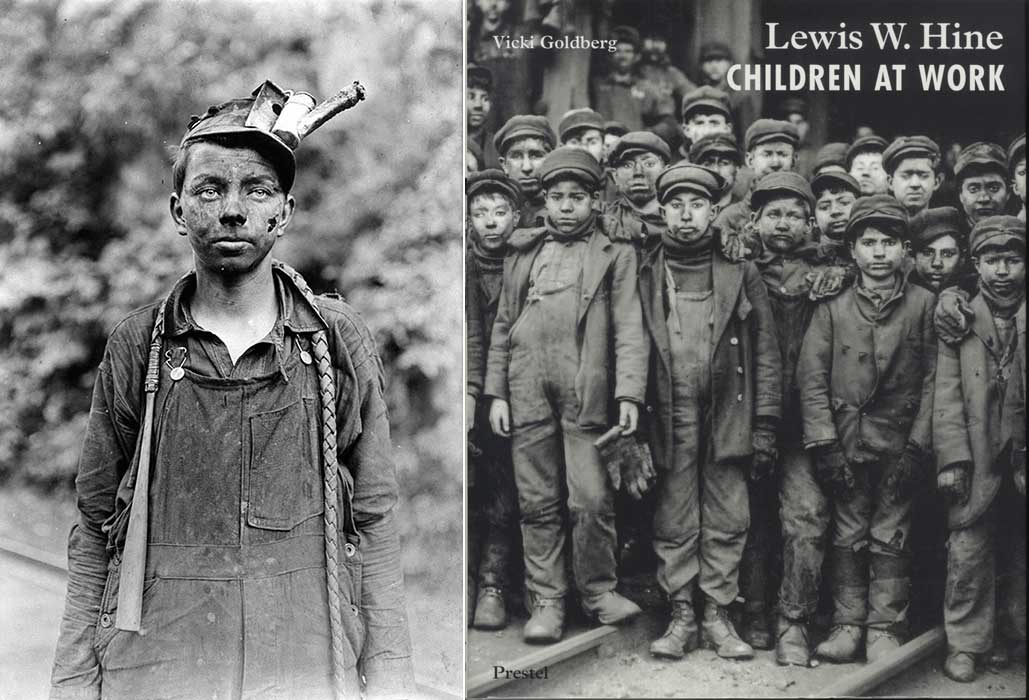
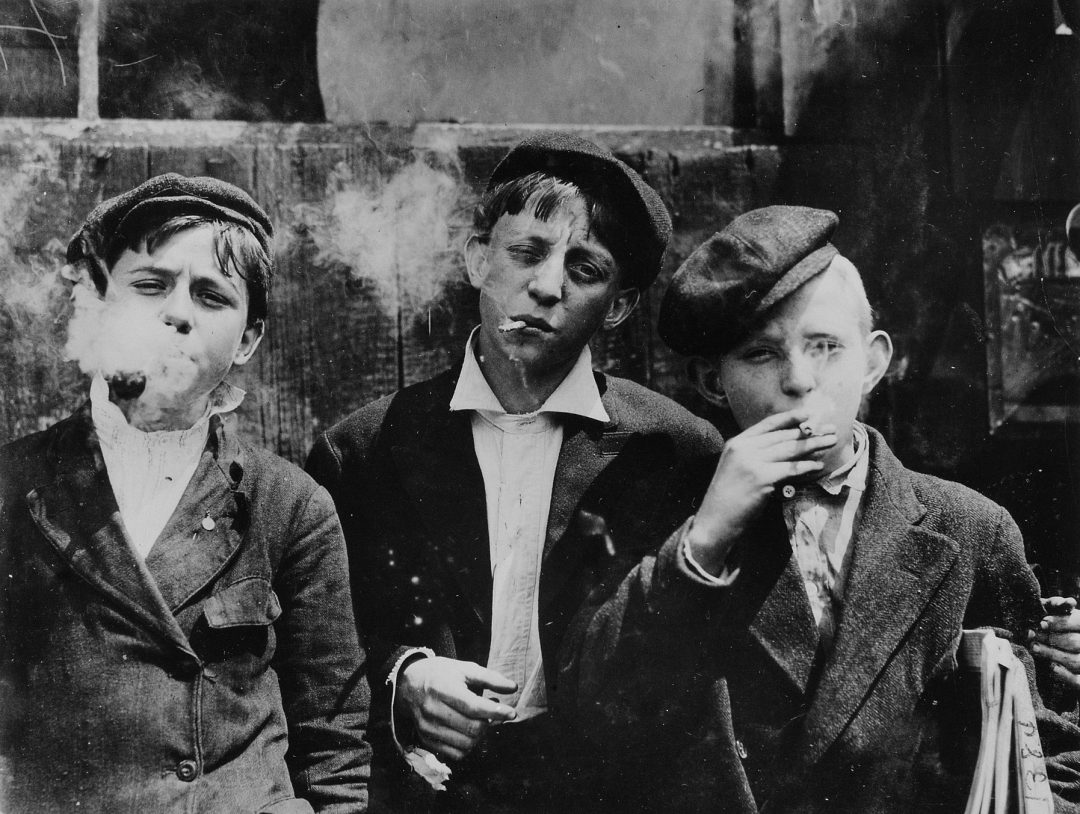
Child Labor
There were at least two million children under the age of 15 worked industrial jobs in 1910 in the United States. Which means they were not in school, but rather working in the factories, coal mines, and cotton fields. It was an era in history when everyone in the family would have to work just to eat. While Hine originally studied sociology, and taught at the Felix Adler Ethical Culture School in New York, his interest in photography started to blossom at the same time. Eventually, he left that job and became the official photographer for the ‘National Child Labor Committee’. Hine traveled thousands of miles crossing the country to document the abhorrent conditions associated with child labor. Children as young as 5 working in canning factories in the deep south to 8 year olds picking tobacco and working in the coal mines. As a child advocate, it was his images that were given much credit for the eventual child labor laws passed in the mid part of the 20th century.

A Sociologist at Heart
These photographs drew public attention to the rampant child labor and terrible conditions. The images that showed major injuries, mangled limbs and blackened young bodies were especially strong. Even so, it wasn’t until 1938 for the Congress to address this in the ‘Fair Labor Standards Act’.

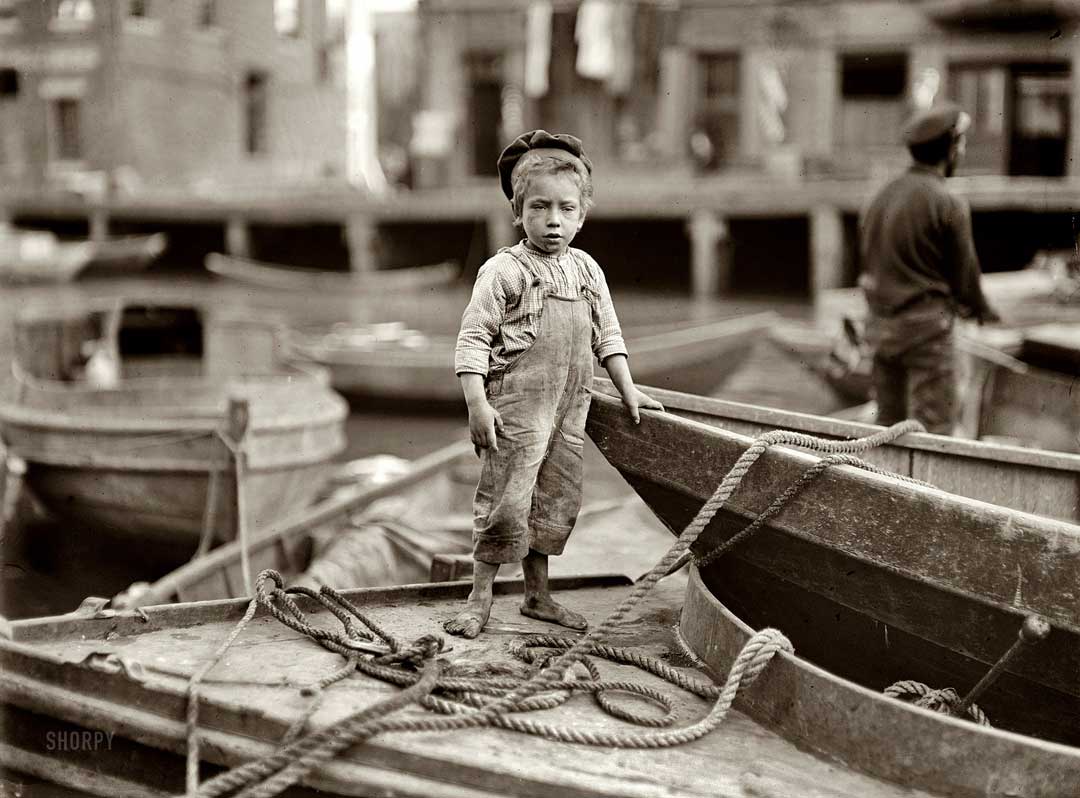
Probably his most famous images were his photographs of steel workers building the Empire State building. Considering how many posters exist of said images today, you would think he would be sitting pretty. But, like the Cuban photographer Alberto Korda, he died a pauper. Despite his last book, “Lewis W. Hine. America at Work“, and ALL those posters, (which came after his death), he died at 66 living on welfare. (his other books included “Lewis W. Hine: The Empire State Building” and “Men at Work: Photographic Studies of Modern Men and Machines”)
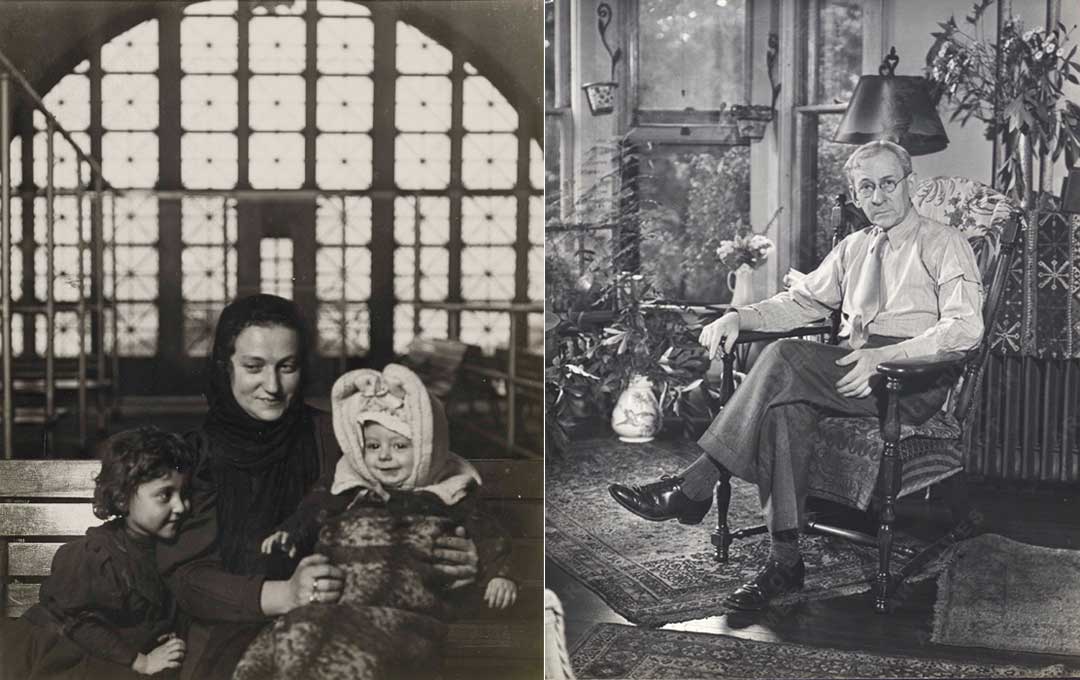
Lewis W. Hine and Graflex…Top of the Line (in 1930’s-1940’s)
Look at your Nikon/Canon D whatever. Your grandchildren will probably giggle. 😊 Nevertheless, Lewis W. Hine was probably one of the first photographers to master the Graflex,….his camera of choice.

